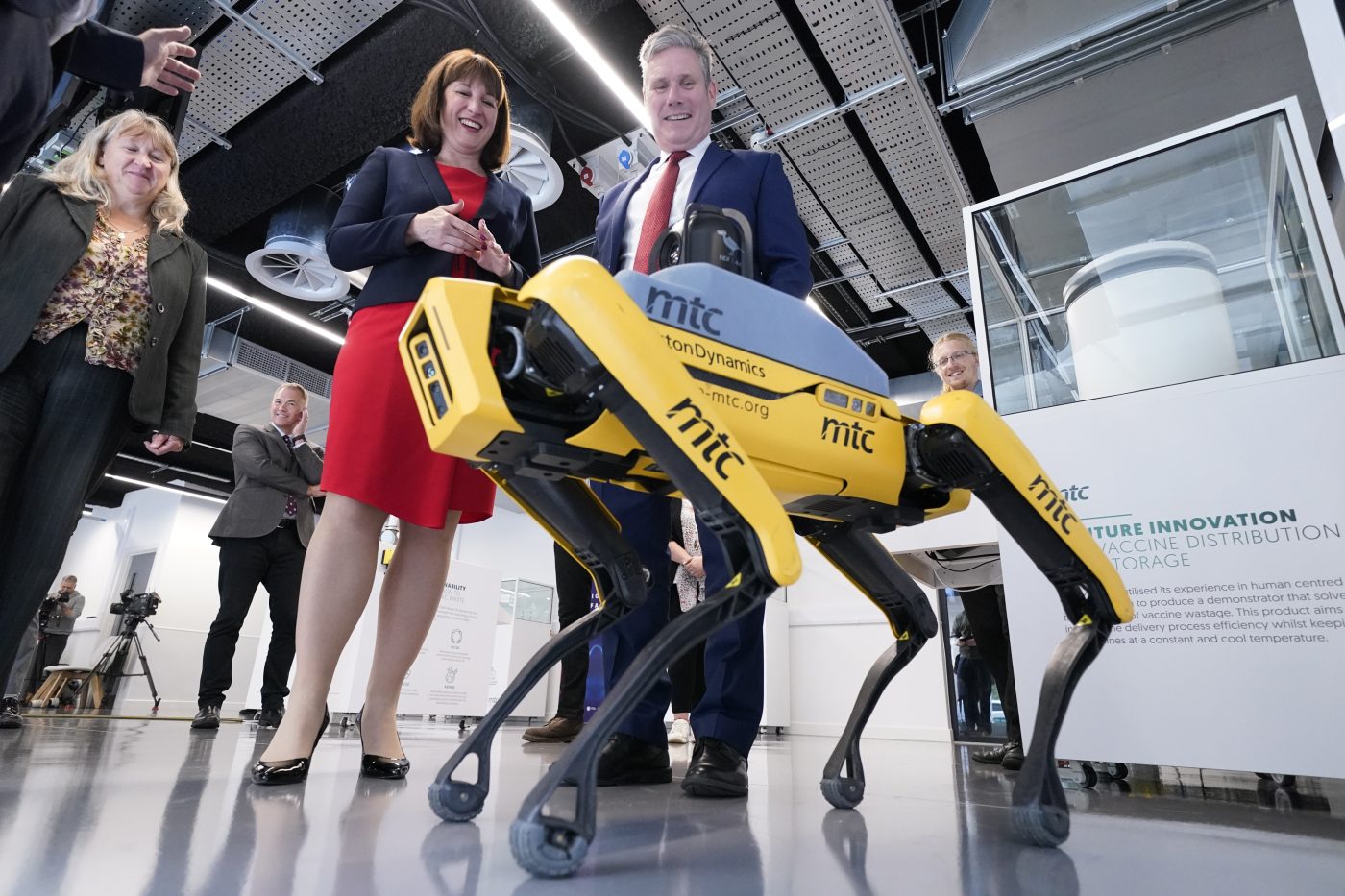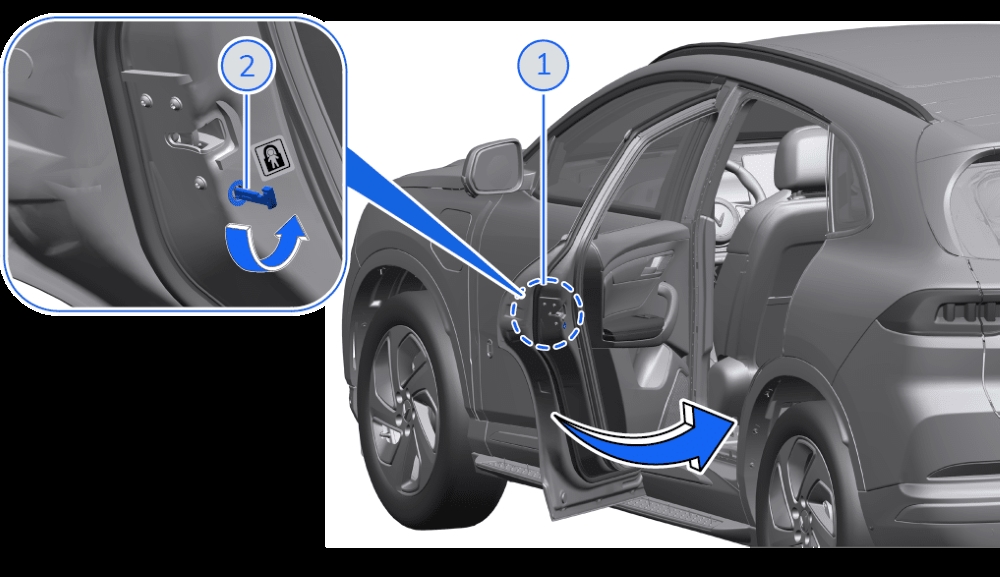Navigating the Crossroads of Automotive Innovation and Workforce Transformation
In an era defined by rapid technological advancement, the automotive and software development sectors are undergoing significant transformations. From the Army’s tentative steps toward hybrid and electric vehicles to the increasing demand for AI skills among IT workers, the future of mobility and technology is being reshaped.
The evolution of military vehicles is taking a hybrid approach.
The Army’s Reluctance to Embrace Hybrid Technology
The U.S. Army has been exploring the integration of hybrid-electric capabilities into its fleet of vehicles for some time now. Despite the successful adoption of similar technologies in the commercial sector, the Army has yet to fully commit. Recent initiatives from companies like MACK Defense and General Dynamics showcase the potential benefits of hybrid technology for military applications. MACK Defense has introduced a fully electric medium-duty truck at a major industry conference, hoping to convince military leaders of its viability.
In stark contrast to their civilian counterparts, military officials have voiced a cautious approach to embracing hybrid vehicles. “It’s not a hard sell to anyone in the Army,” remarked Army acquisition chief Doug Bush, emphasizing that the technology is well-known and its benefits are evident. However, the true challenge lies in securing the budget for the required investments. The Army is keenly aware of the potential for fuel savings—a significant logistical concern in both budgetary and operational contexts.
Financial Implications and Operational Benefits
Adopting hybrid capabilities could represent a transformative shift for the Army, particularly in combating the complexities of modern warfare where silence and stealth are imperative. Newer systems allow for silent operations, reducing the likelihood of detection by enemy sensors. While the upfront investment in conversion and adaptation is significant, Bush argues, it could lead to substantial long-term savings.
 Executives from GM Defense showcase the latest advancements in hybrid technology.
Executives from GM Defense showcase the latest advancements in hybrid technology.
The Software Development Sector’s Response to AI
As the automotive industry grapples with these technological advancements, the software sector is simultaneously preparing for a talent paradigm shift. A recent Gartner report forecasts that by 2027, approximately 80% of engineering workers will require new skills centered around artificial intelligence (AI). This evolution is poised to alter how software is developed, heralding the advent of new roles including AI engineers who will need multifaceted skills in not only software development but also data science and machine learning.
- Short-Term Gains: In the immediate future, AI technologies will enhance productivity among existing developers, providing tools that make their jobs easier.
- Medium-Term Shift: As AI systems become more sophisticated, they will handle an increasing portion of code generation, necessitating expertise in areas like prompt engineering.
- Long-Term Demand: Organizations will likely see a surge in the need for specialized engineers equipped to build and maintain AI-driven applications.
 AI’s potential to reshape software engineering roles is undeniable.
AI’s potential to reshape software engineering roles is undeniable.
Conclusion: A Tale of Two Industries
Both the automotive and software industries face their respective challenges and opportunities as they adapt to technological change. For the Army, the integration of hybrid-electric vehicles represents a strategic advancement that mirrors industry’s broader trend towards sustainability and efficiency. Meanwhile, the burgeoning demand for AI skills in software engineering signals a fundamental shift in workforce requirements, driving the creation of roles that will support a technologically advanced future. The convergence of these trends underscores a pivotal moment for innovation, compelling both sectors to evolve in response to changing market demands and operational imperatives.
The journey ahead requires careful navigation, prioritization of investments, and a commitment to continuous learning, promising a future where technology and skill coalesce to drive systemic change in both military and civilian contexts.
Stay tuned for the latest updates and breakthroughs in technology and transportation innovations.














